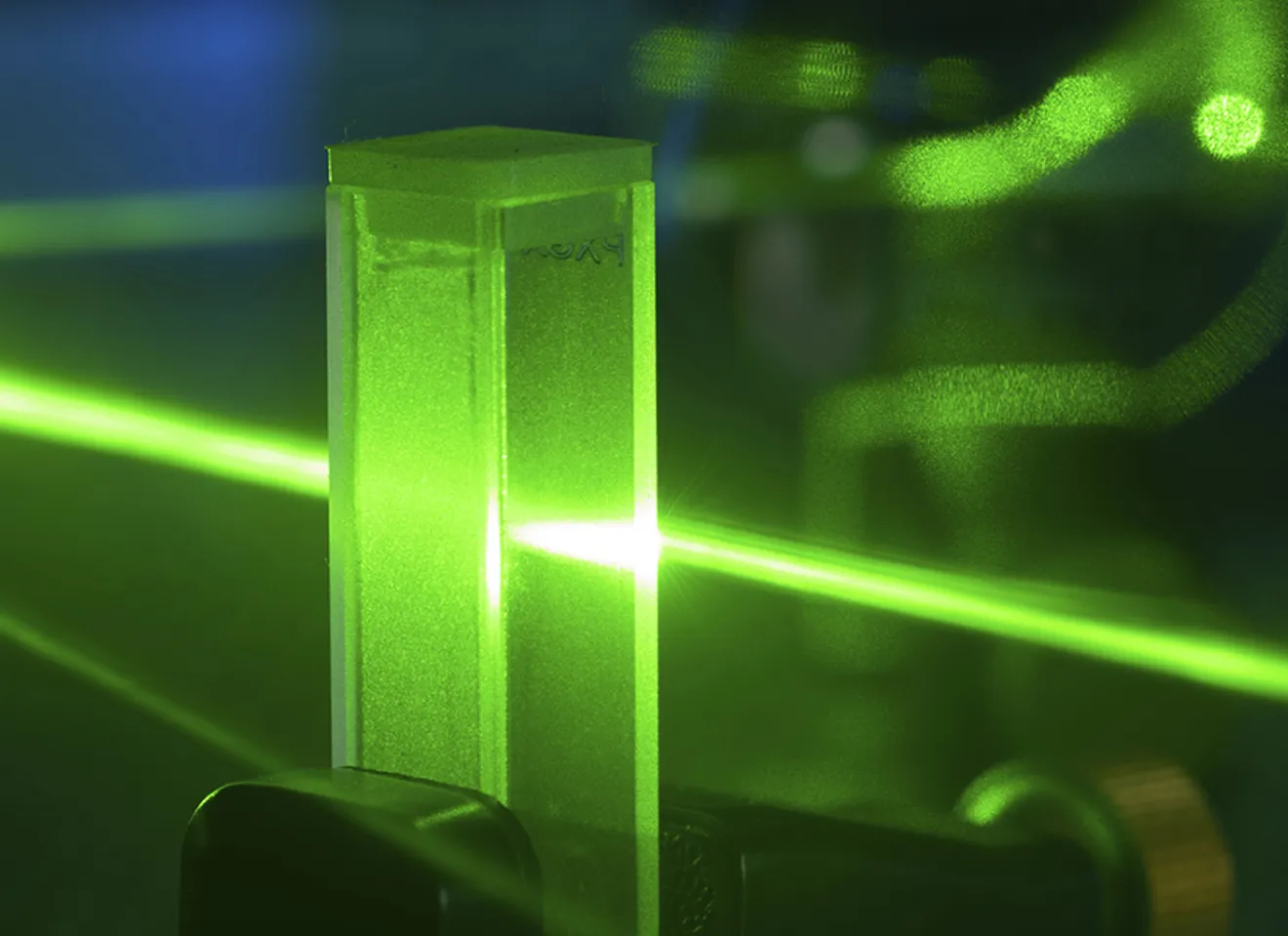
Topic: Information technology
Photonics enabled by Artificial intelligence, or vice versa?
Photonics is one of the cross-cutting enabling technologies, especially suitable for combining with other basic technologies. Would you like to know more about opportunities in different industries?
Increased specialization, knowledge sharing in photonics, and more efficient implementation of photonics-based solutions in Norwegian industry can have a major impact on Norway's economic growth. NORCE Energy & Technology, in collaboration with SINTEF Digital, the University of Tromsø and Oslo Metropolitan University has received support from the Research Council's IKTPLUSS program for a dialogue project and active participation in strategic processes in the two most important European photonics forums, the European Photonics Industry Consortium EPIC and the European technology platform Photonics21.
One of the sub-goals in this dialogue project is the profiling of Norwegian photonics competence and the opportunities that can open up if we succeed in strategic and targeted competence building within this field. Photonics is, in addition to artificial intelligence, one of the selected enabling technologies that are particularly relevant for digitization.
Hear more about photonics-based solutions in Norwegian industry in health, energy and process industry sectors. Each speaker has around 10-12 minutes for the presentation. Among the speakers: Prof Balpreet Singh Ahluwalia(UiT), Katarina Grujic (NORCE Technology), Peyman Mirtaheri(OsloMet), Prof. Anne Gerd Imenes (UiA), Marion O’Farrell (SINTEF Digital), Jana Jagerska(UiT).
The Program
- Photonic chip based super-resolution optical microscopy for life science & medical biology
Method: Optical nanoscopy
Application area: biology, medicine
Abstract: Presentation will handle abour the latest activities and work, as well include work related with imaging of SARs-CoV2 VLP.
Professor Balpreet Singh Ahluwalia, UiT - Photonic integrated circuits for high-precision trace gas spectroscopy
Method: Laser absorption spectroscopy
Application area: Environmental monitoring, industrial process control, biomedical research/diagnostics
Abstract: Laser absorption spectroscopy based on free-space beams is traditionally used for the most demanding applications in trace gas detection; from atmospheric monitoring of climate gases to detecting traces of methane on Mars by NASA’s Curiosity Mars Rover. Their research at UiT The Arctic University of Norway aims to develop an integrated alternative: spectrometers realized on photonic chips, equally reliable and specific as the existing high-end systems but orders of magnitude lighter and smaller. Her talk will first explain the concept of an integrated waveguide-based spectrometer, discussing subsequently two of ours most successful sensor implementations based on (i) thin-film free-standing membrane waveguides and (ii) waveguides made of microporous films.
Jana Jagerska, Associate Professor, UiT - An optical method for monitoring brain activities
Method: functional near-infrared spectroscopy (NIRS) and human motion
Application area: brain health, movement, and balance
Abstract: The human brain: what is it good for? One can argue that movement and balance are why cerebral cortex segments in the brain is developed. About 50% of the brain mass is structured by other cells than neurons. They are called glial cells and are characterized as important as neurons while not generating action potentials. The functional near-infrared spectroscopy (fNIRS) is an exciting brain cerebral cortex modality. It reflects the activities of glial cells in terms of blood oxygenation and flow changes in different brain segments. The method uses low-energy photons at a minimum of two wavelengths in the near-infrared light range and makes an image based on the absorption spectra in tissue. In this presentation, previous results using this technology will be presented to show how fNIRS is applied for a brain-computer interface monitoring device. In addition, it can be used as a tool to understand the role of the support mechanisms, functional and effective connectivities of brain networks to motion-related and dynamical tasks of the cerebral cortex.
Peyman Mirtaheri, Professor, OsloMet - Novel instrument design for inline measurement of complex food products using NIR spectroscopy
Method: Inline NIR spectroscopy
Application area: food industry
Abstract: Near Infrared Spectroscopy is well-known and well-tested as a method for measuring the composition of food products, especially when the products are homogeneous. However, when food products vary either spatially or internally, for example layering, it important to take this into account in the design of inline measurement instrumentation. We will present a novel instrument design and give some examples of it being tested inline.
Marion O’Farrell, Research Manager, SINTEF Digital - In-situ measurements of material properties and critical process parameters
Method: hyper/multispectral imaging/AI
Application area: Metallurgy
Abstract: Real-time and closed-loop control of metallurgical processes is still in its infancy, mostly based on simple models and limited sensor data, challenged by extreme temperature, harsh process conditions. This talk will focus on reviewing novel sensing approaches like muti- and hyperspectral imaging. With the potential to generate vast amounts of accurate data in real-time, and integrated with machine learning, such measurements can indeed offer more robust and accurate estimations of key parameters.
Katarina Grujic, Senior researcher, NORCE Technology - Automation of field inspection in large scale solar farms
Method: ultraviolet fluorescence, electroluminescence, photoluminescence
Application area: Energy
Abstract: A comprehensive PV module diagnosis can be reached by combining several imaging technologies such as infrared thermography (IRT) imaging and ultraviolet fluorescence (UVF). Other novel luminescence technologies such as electroluminescence (EL) and photoluminescence (PL) show great potential but require further development to be utilized in a large-scale inspection system. The development of imaging techniques will continue to be an attractive domain of research that can be combined with aerial scanning for a cost-effective remote inspection that enable reliable power production in large-scale PV plants.
Prof. Anne Gerd Imenes, UiA



